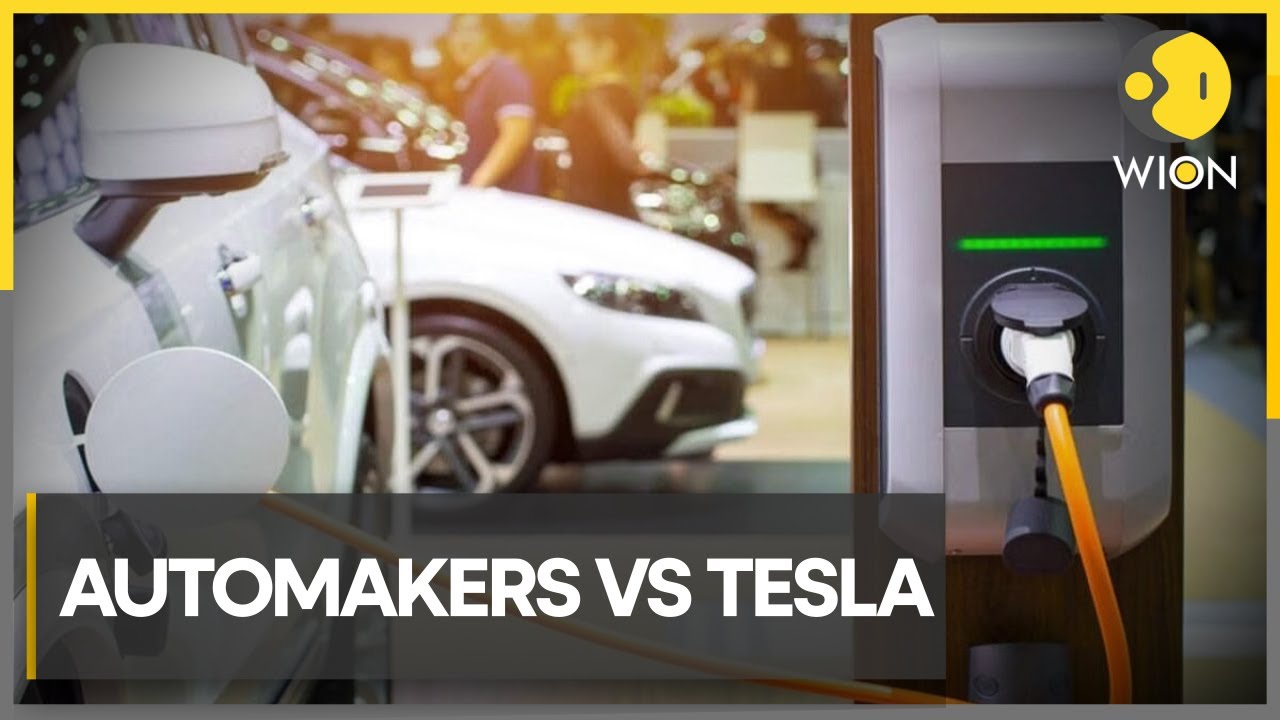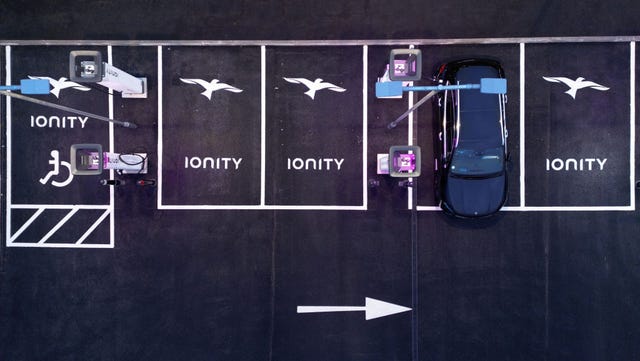How to Make Smarter Decisions in EV Investments by Buying EV Charging news
How to Make Smarter Decisions in EV Investments by Buying EV Charging news
Blog Article
Leading EV Charging Information: Key Updates on Framework and Innovation

Current Innovations in Fast-Charging Modern Technology

Additionally, innovations in battery modern technology, including enhanced thermal monitoring systems and greater power density batteries, complement fast-charging capabilities. These developments reduce the threat of battery degradation during quick charging, ensuring long life and efficiency for EV proprietors.
Furthermore, the combination of smart billing options is improving customer experience, allowing real-time surveillance and dynamic rates models. EV Charging news. This versatility enables motorists to maximize billing times and expenses based upon grid need
As automakers proceed to invest in fast-charging networks, the collaboration between market stakeholders is essential. Collaborations in between charging terminal service providers and automotive makers are paving the method for extensive protection, inevitably cultivating an extra durable EV ecosystem. These developments are pivotal in sustaining the change to lasting transportation.
Government Initiatives for Charging Growth
Government efforts play a vital function in the development of electrical automobile (EV) charging facilities, promoting the change to lasting transportation. Different government and state programs are being carried out to improve charging access, lower the economic problem on consumers, and advertise the adoption of electrical cars.
Especially, the united state government has actually designated substantial financing with the Facilities Investment and Jobs Act, which earmarks $7.5 billion for EV billing network development across the country. This funding is targeted at releasing thousands of brand-new charging stations, particularly in underserved areas, thereby addressing range anxiety among prospective EV buyers.
Furthermore, numerous states are passing legislation to enhance the permitting procedure for billing station installations, which is important for accelerating implementation. Rewards such as tax debts and rebates for both customers and companies are also being presented to urge the installation of billing facilities.
In addition, public-private partnerships are progressively ending up being a focus, leveraging private investment to complement government financing. These efforts underscore a joint technique necessary for constructing a extensive and efficient EV billing network, inevitably adding to a greener and even more lasting future.
Innovative Battery Solutions Enhancing Efficiency
Reinventing the landscape of electric lorry (EV) modern technology, ingenious battery solutions are significantly improving effectiveness and efficiency. Advances in battery chemistry, especially with lithium-sulfur and solid-state batteries, are leading to raised energy density, which permits for longer arrays and faster charging times. These brand-new battery types have the prospective to surpass typical lithium-ion batteries by providing greater capabilities while decreasing weight, consequently enhancing overall lorry effectiveness.
In addition, developments in battery management systems (BMS) are enhancing energy usage and extending battery life expectancy. Smart formulas keep an eye on battery health and wellness and performance, allowing real-time changes to billing and releasing procedures. This not only improves the performance of the battery but additionally guarantees a much more lasting and reliable energy source for EVs.
Moreover, the assimilation of recycling modern technologies is dealing with the ecological impact of battery production and disposal. Developments in second-life applications for click reference EV batteries are promoting their usage in energy storage systems, adding to a circular economic climate.
As these ingenious battery services remain to advance, they promise to change the EV market, making electric automobiles a lot more easily accessible and enticing to a more comprehensive target market while sustaining global sustainability goals.

Cooperation In Between Automakers and Charging Networks
Acknowledging the important need for a robust charging infrastructure, automakers are increasingly working together with billing network suppliers to improve the EV ownership experience (EV Charging news). These collaborations aim to develop a seamless charging ecological community that profits consumers and sustains the change to electric automobiles
Significant vehicle brands are signing up with pressures with well-known billing networks to expand their charging terminal protection, making sure motorists have accessibility to convenient and dependable billing alternatives. For example, collaborations with networks like ChargePoint and Electrify America enable automakers to integrate charging options straight right into their lorries' navigating systems, directing users to the closest stations and providing real-time schedule updates.
Moreover, these cooperations usually lead to the growth of fast-charging innovations that considerably lower the moment required to reenergize an EV. By pooling resources and expertise, car manufacturers and billing networks can innovate much faster, producing remedies that satisfy the expanding demand for electrical wheelchair.
In enhancement, joint campaigns may also cause more standard charging procedures, which can alleviate customer complication and advertise broader EV adoption. In general, these calculated alliances are crucial in constructing a easy to use and reliable charging framework that satisfies the needs of a broadening electrical car market.
Difficulties Dealing With EV Billing Facilities
As the electric automobile market remains to grow, a number of obstacles are surfacing that prevent the growth of a thorough charging infrastructure. Among the main barriers is the inadequate variety of billing stations, specifically in rural and underserved metropolitan locations. This gap develops range anxiety amongst potential EV buyers, deterring them from making the button.
Additionally, the find here lack of standardization accountable innovation makes complex the infrastructure landscape. Variations in plug types and charging speeds can create complication for users and raise operational complexities for charging network operators. The combination of charging stations into existing electrical grids positions significant obstacles. Lots of regions deal with ability restrictions, requiring substantial investments in grid upgrades to accommodate increased demand.
One more pushing problem is the high price connected with the installation and upkeep of billing stations, which can be an obstacle for both private organizations and public entities. Regulatory hurdles and zoning restrictions can delay the implementation of billing infrastructure, restraining progress in expanding crucial solutions. Dealing with these obstacles will website here certainly be essential for fostering a durable EV ecological community that supports the change to sustainable transportation.
Final Thought
In conclusion, the recurring developments in EV billing modern technology, supported by considerable government efforts and cutting-edge battery services, are crucial for the development and effectiveness of electric vehicle infrastructure. Cooperations between car manufacturers and billing carriers additionally improve station insurance coverage, dealing with the expanding need for obtainable charging options. Regardless of obstacles that persist within the EV charging landscape, these developments indicate a favorable trajectory in the direction of a much more reliable and lasting electric car ecological community.
Developments in billing facilities have led to the growth of ultra-fast chargers qualified of providing up to 350 kW of power, significantly minimizing charging times. Variations in plug types and charging speeds can create complication for users and increase operational complexities for charging network operators.In final thought, the recurring advancements in EV charging innovation, supported by substantial federal government efforts and ingenious battery remedies, are crucial for the expansion and performance of electrical lorry facilities. Collaborations in between car manufacturers and charging companies even more boost terminal protection, dealing with the growing need for obtainable charging options. Despite challenges that persist within the EV billing landscape, these growths indicate a positive trajectory towards a more efficient and sustainable electric automobile community.
Report this page